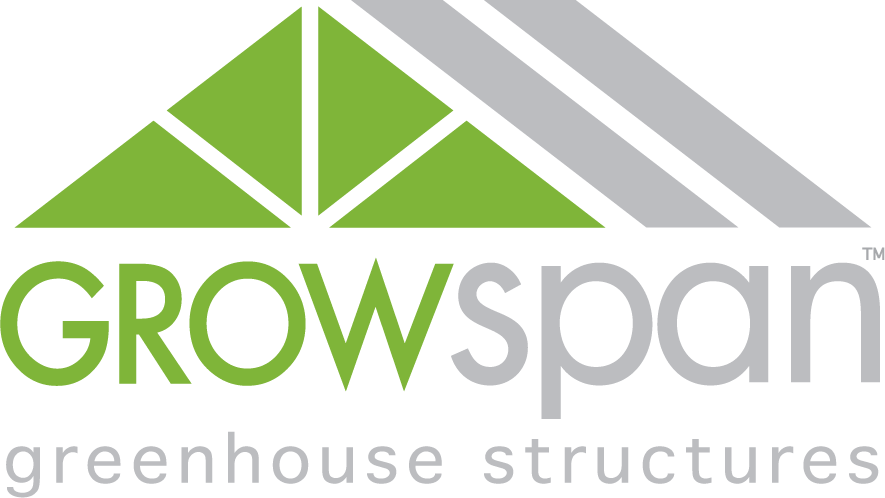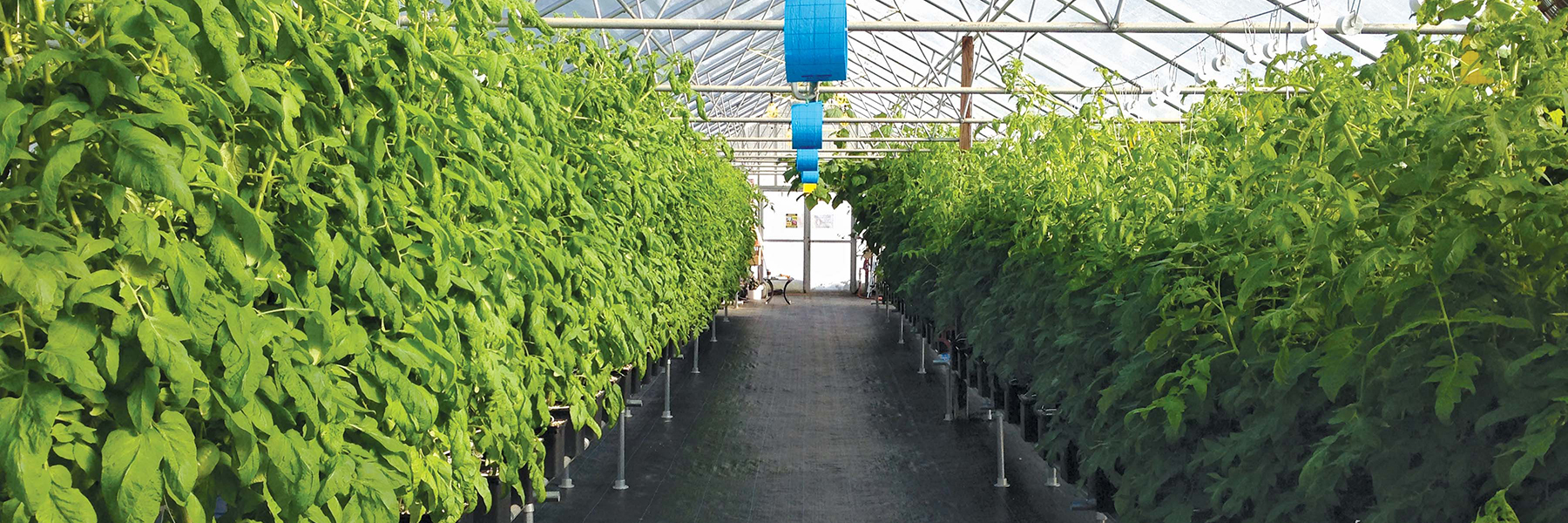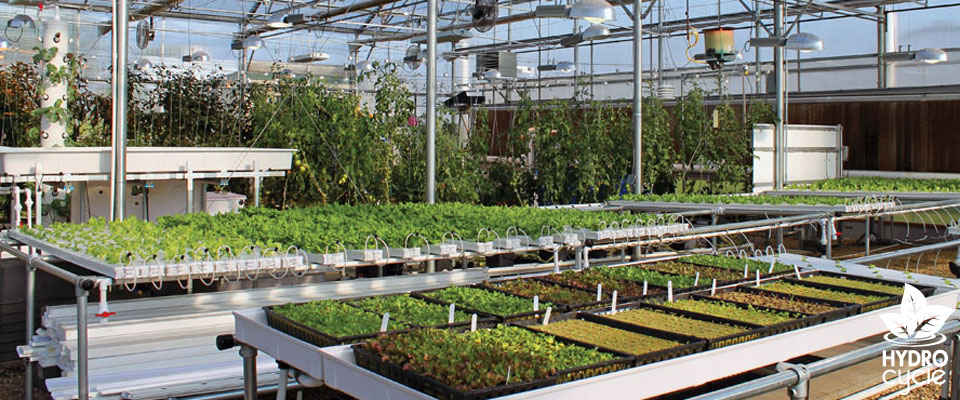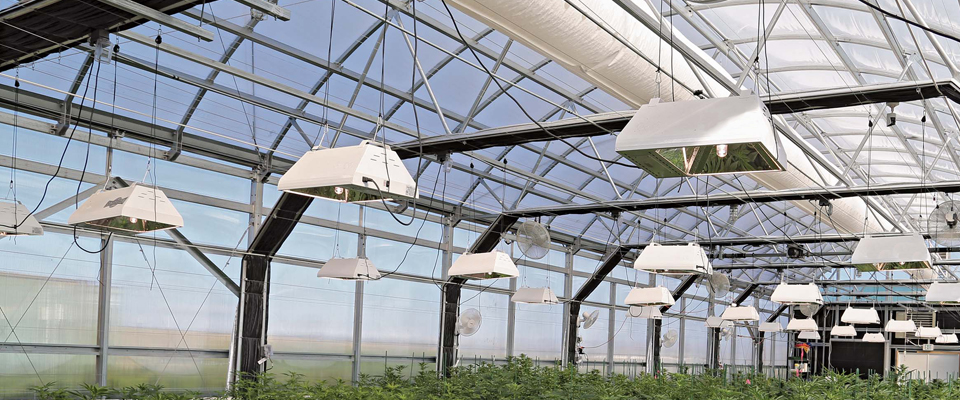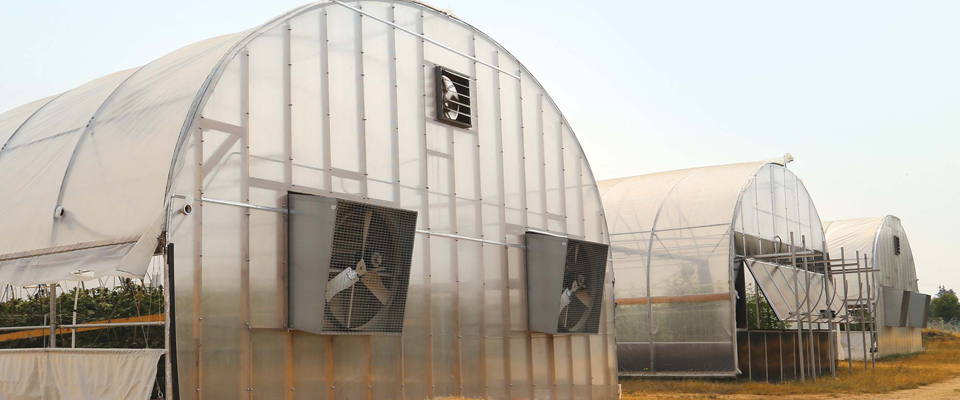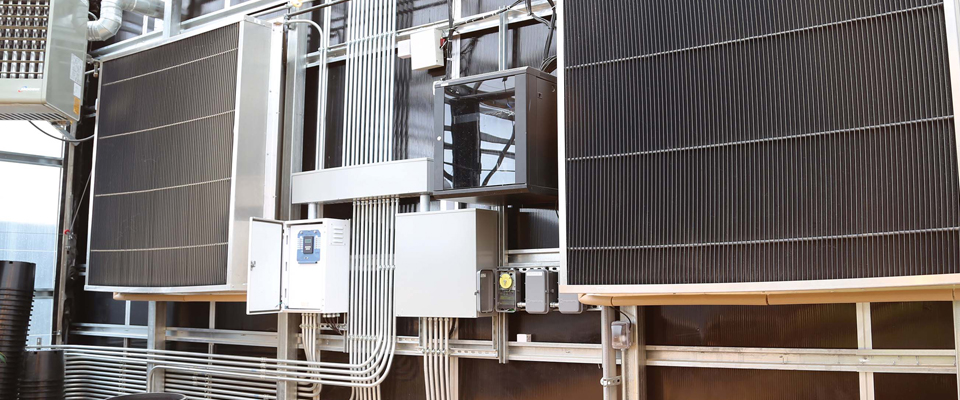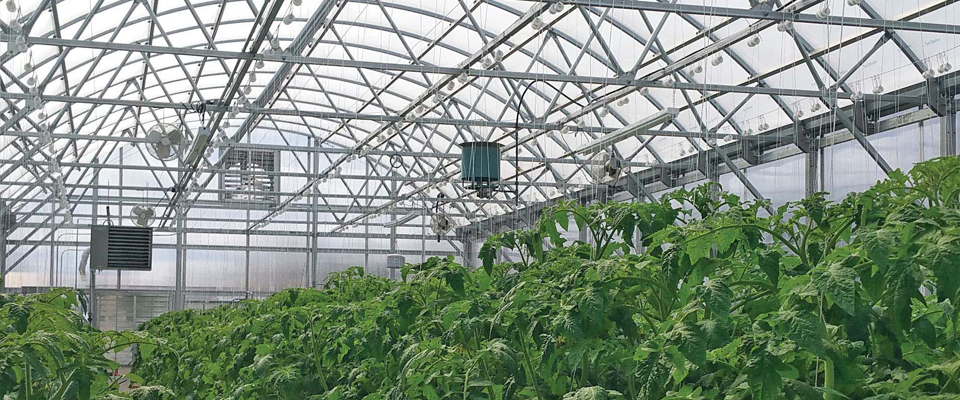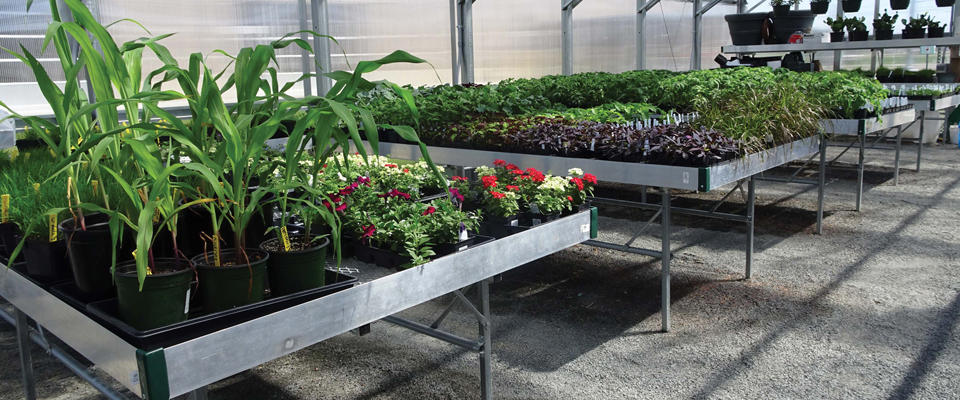Indoor Hydroponic Farming Rises in Popularity
June 14, 2018
Indoor farming startups have been popping up all over the country, attracting so much attention from investors that from 2016 to 2017, indoor farming investment grew by $235 million. The indoor growing industry has already become well-developed in Japan and the Netherlands, and now more than ever, North America is warming up to the idea. It’s easy to understand why hydroponic food production is gaining traction, considering that it’s extremely efficient and produces high yields with high quality.
When growers employ hydroponics through GrowSpan, they benefit from greater-quality systems, as well as invaluable assistance from dedicated Greenhouse Specialists. GrowSpan has a wide selection of different types of hydroponic growing systems, ensuring any operation can obtain their ideal growing method. By utilizing a GrowSpan greenhouse with a hydroponic growing system, operations can easily boost crop production and stay ahead of the evolving farming industry.
Benefits of Indoor Hydroponic Growing
With indoor farming, particularly in greenhouses, operations gain a number of benefits that allow them to provide crops an optimal growing environment. From a business standpoint, hydroponic crop development is more efficient than outdoor farming, and can be easily streamlined to reduce labor requirements and long-term operating costs.
Commercial outdoor farmers have to contend with weather, seasonal changes and invasive pests. More importantly, their growing capacity is limited to the amount of arable land that is available. Indoor hydroponic growing maximizes the amount of crops that can be grown per square foot, whether it’s through aeroponics, NFT systems, Ebb and Flow systems or Dutch buckets. These systems also empower growers to gain the ultimate control over crops, so they can optimize every single aspect of the growing process.
Under such controlled conditions, the growing period is shortened significantly, boosting the amount of harvesting opportunities. Outdoor lettuce growers harvest up to five times a year, while indoor lettuce growers can harvest eighteen times a year.
Industry experts have speculated that by the year 2030, half of all leafy greens could be grown indoors. Additionally, indoor growers don’t have to rely on growing plants that are engineered to resist pests and drought. Instead, they are able to focus on enhancing nutrient density and flavor.
Indoor farming substantially shortens the time between harvest and delivery. Traditionally grown produce typically spends anywhere from a few days to several weeks on the road before it reaches the drop-off point.
Since many indoor farms are located in cities, crops get delivered to nearby markets, restaurants or directly to customers within hours. Not only does this reduce carbon footprint, it preserves freshness and nutrients as well.
Check Out Some Popular Indoor Farming Products:
Complete Environmental Control
In a hydroponic farm, temperature, irrigation and lighting are all carefully engineered to duplicate the outdoors. LED’s are the most common type of grow light used, as they provide the warmth and light spectrum plants need, in a highly-efficient manner.
However, a key advantage of greenhouse production is the access to abundant sunlight. While indoor warehouses attempt to replicate the light cycle, a greenhouse primarily uses the sun to provide plants with natural lighting. This allows indoor operations to reap the benefits of a climate-controlled environment, while still utilizing the sunlight that outdoor growers depend on.
For hydroponic irrigation, some indoor farming facilities use high-tech water sensors that monitor each plant’s water needs, and then dispense it to their grow media appropriately. The water that crops receive is pH-balanced, nutrient-rich and customized based on individual plants.
Many hydroponic plants are on watering schedules, so any excess water is recycled through a closed loop irrigation system, minimizing water consumption. In addition, thanks to the tightly-controlled indoor environment, many indoor farms use very little pesticides, herbicides or fungicides on crops, if any at all.
With the acceptance of large-scale hydroponic farms growing, there is the potential for a dramatic shift in the way food is grown, harvested and distributed. As environmental technology becomes even more sophisticated, indoor farms across the globe will become more and more likely to achieve long-term success. The movement of crops from soil to an enclosed setting is not only highly efficient and environmentally-friendly, but it can also increase the production of nutritionally-superior food.
To set up a hydroponic farming facility or to get a hydroponic or environmental control quote, Request a Quote today.
